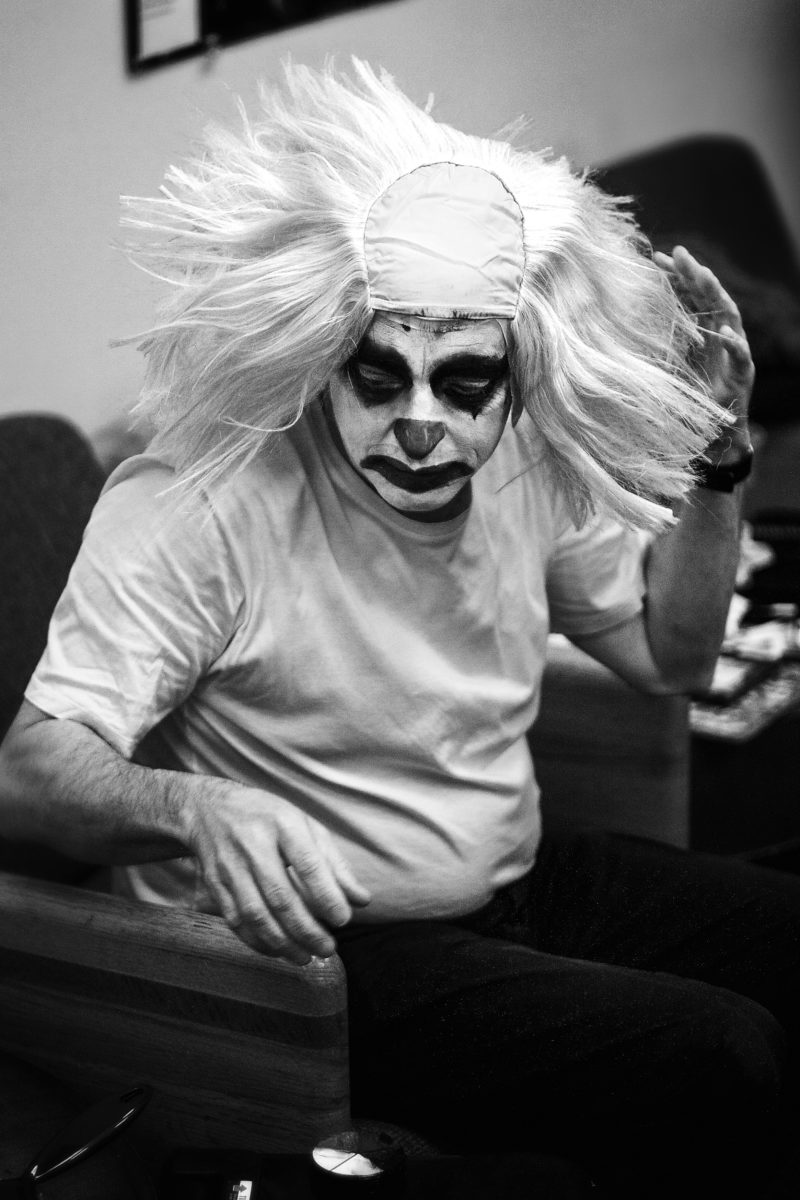Over her ten-year career, Boston-based photographer Adrianne Mathiowetz has shot portraits of hundreds of authors, including David Sedaris, David Rakoff, Kelly Link, and Sue Miller. Since graduating from the Salt Institute for Documentary Studies in 2010, Mathiowetz, thirty-seven, has photographed events for Planned Parenthood, the Brooklyn Academy of Music, and the Onassis Foundation, and done portraits for the Association of Writers & Writing Programs (AWP). When the COVID-19 pandemic forced her out of her studio, Mathiowetz found herself in a strange position: snapping photos of newborns through the closed windows of their homes (at the parents’ request), sometimes perched on a ladder. This uncannily 2020 venture drew attention from The Boston Globe, The New York Times, and, presumably, neighbors.
Even a normal year for Mathiowetz has its moments of surreality. At the annual AWP Conference, she inflicts upon herself twelve-hour, twenty-four-author portrait marathons—veritable gauntlets of writerly self-consciousness. (If they’re registered for the conference, authors pay a discounted rate for the portraits.) Somehow Mathiowetz finds these sessions energizing. As a former radio producer and editor, she says that meeting people, earning their trust, and homing in on their cores requires little more than muscle memory from her. “You try to connect with people very quickly because you don’t have much time to get a good story out of them,” she says.
You have reached your article limit
Sign up for a digital subscription and continue reading all new issues, plus our entire archives, for just $1.50/month.
Already a subscriber? Sign in





